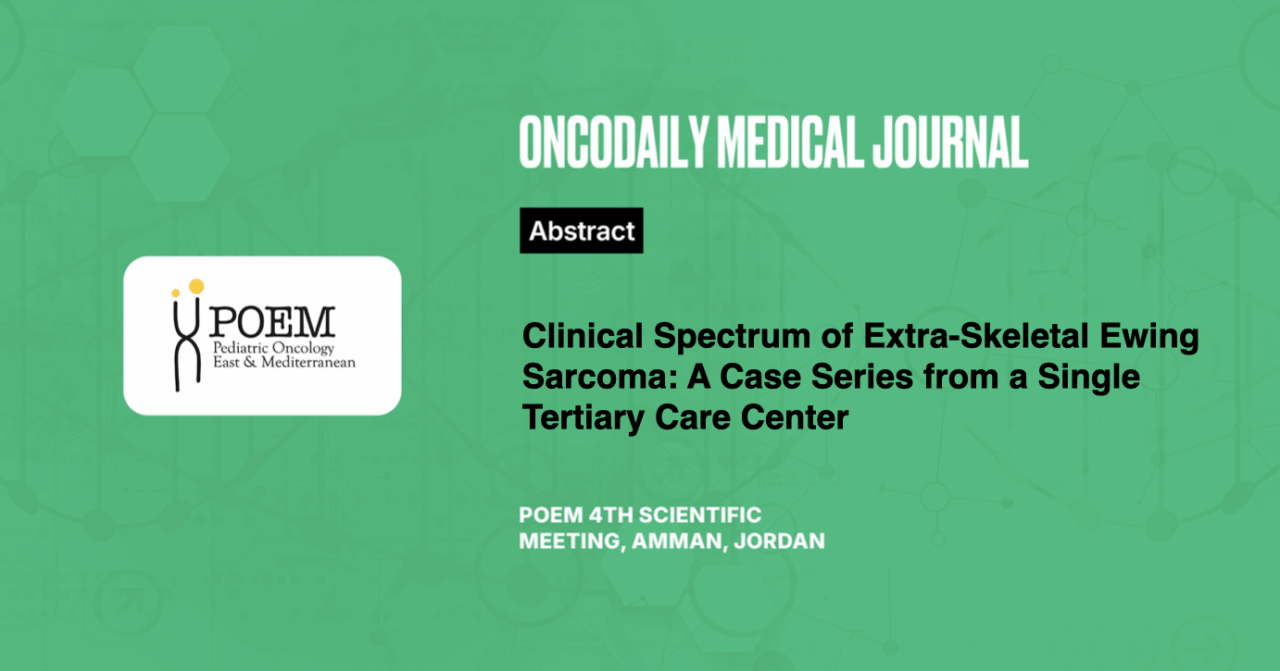Clinical Spectrum of Extra-Skeletal Ewing Sarcoma: A Case Series from a Single Tertiary Care Center
Abstract
Introduction: Ewing’s sarcoma is a rare and aggressive malignancy of bone and soft tissues, predominantly affecting children and young adults. This study presents a case series of four patients with Ewing’s sarcoma to better understand its clinical, radiological, and pathological features, with the goal of improving diagnosis and early management strategies.
Methodology: Four children diagnosed with Ewing’s sarcoma were included from January to December 2024. To assess tumor extent and metastasis, we used diagnostic modalities including MRI, CT scans, bone scans, and biopsies. Histopathological examination and immunohistochemistry confirmed the diagnosis in each case.
Case 1: An 11-year-old boy presented with a scalp swelling, fever, and pallor. MRI revealed an aggressive occipital lesion with extracranial and intracranial components. Histopathology and IHC confirmed Ewing sarcoma.
Case 2: A 10-year-old girl with the right forearm swelling. Histopathology showed sheets of small round blue cells, and immunohistochemistry confirmed Ewing sarcoma with positivity for NKX2.2, CD99, and synaptophysin. Surgical resection of the proximal two-thirds of the radius was performed, with a treatment effect estimated at 50.0%.
Case 3: A 10-year-old girl presented with swelling at the back of the neck. Histopathology confirmed Ewing sarcoma with positive CD99, NKX2.2, and FLI-1; deep surgical margins were involved. The patient still has to undergo a second surgical resection after administration of chemotherapy.
Case 4: A 3-year-old boy with a left renal mass. Histopathology and immunohistochemistry confirmed BCOR-mutated Ewing-like sarcoma. Surgical resection after chemotherapy showed 100% treatment response.
Conclusion: The findings highlight the importance of early detection, accurate diagnosis, and personalized treatment strategies. Surgical resection, chemotherapy, and radiotherapy are effective in managing the disease, with promising responses observed in most cases.





